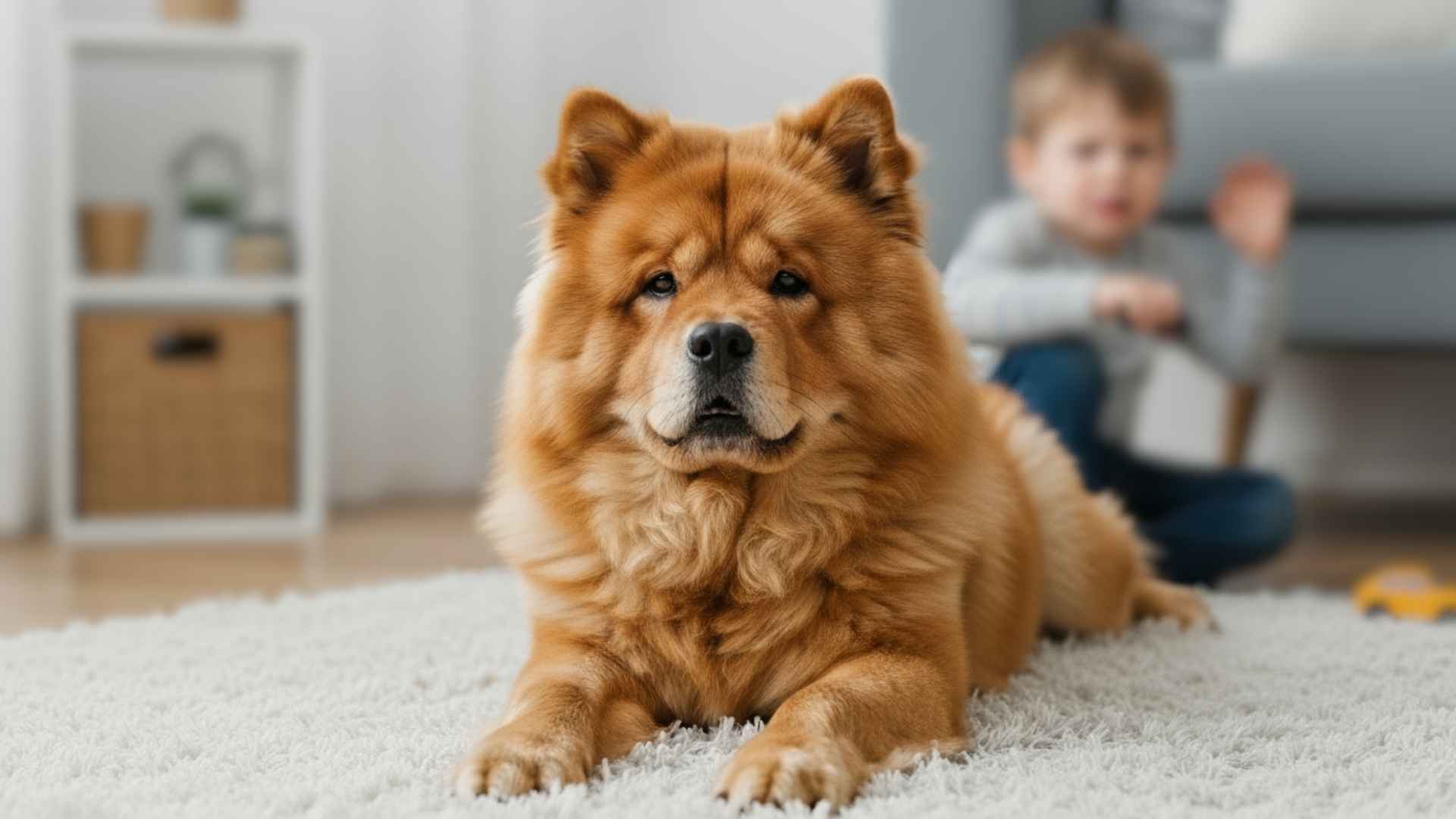Before bringing home a furry friend, it’s worth remembering — not all dogs are suited for family life. Every year, nearly 4.5 million people are bitten by dogs in the U.S., with children being particularly vulnerable. In fact, 30% of fatal dog attacks involve kids under the age of 4. These shocking statistics highlight the importance of choosing the right breed when you have young children at home.
While most dogs are gentle and loving, certain breeds have a higher tendency for aggression. Some may be protective, others territorial, but all pose potential risks to little ones. It’s crucial to understand these breeds and their characteristics before welcoming one into your family.
Certain dangerous dogs are notorious for their strength and unpredictability. These breeds require experienced owners who can handle their powerful instincts and sometimes aggressive tendencies.
Choosing the wrong guard dog breed can result in tragic consequences. That’s why understanding which dogs are best avoided in homes with small children is key to keeping everyone safe.
In this article, we’ll explore the worst dog breeds for families with young children and why they may not be the right fit for your home.
Worst Dog Breeds For Families With Small Children
1. Presa Canario
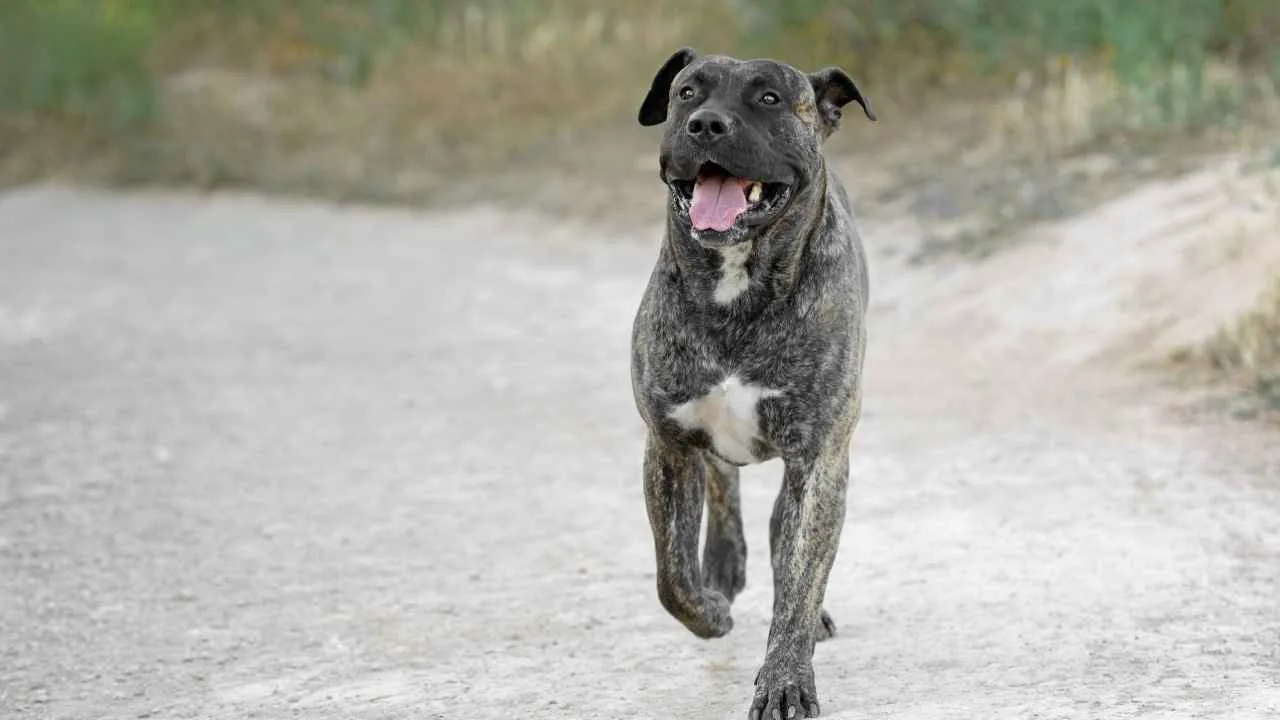
The Presa Canario ranks at the top of our list for good reason: this breed’s immense strength and unpredictable temperament make it a risky choice for families with young children.
CKC explains that, known for its territorial nature, the Presa Canario has been involved in serious attacks, mainly due to its natural protective instincts. While loyal and loving with its owners, its aggressive tendencies pose a danger if not properly trained and socialized.
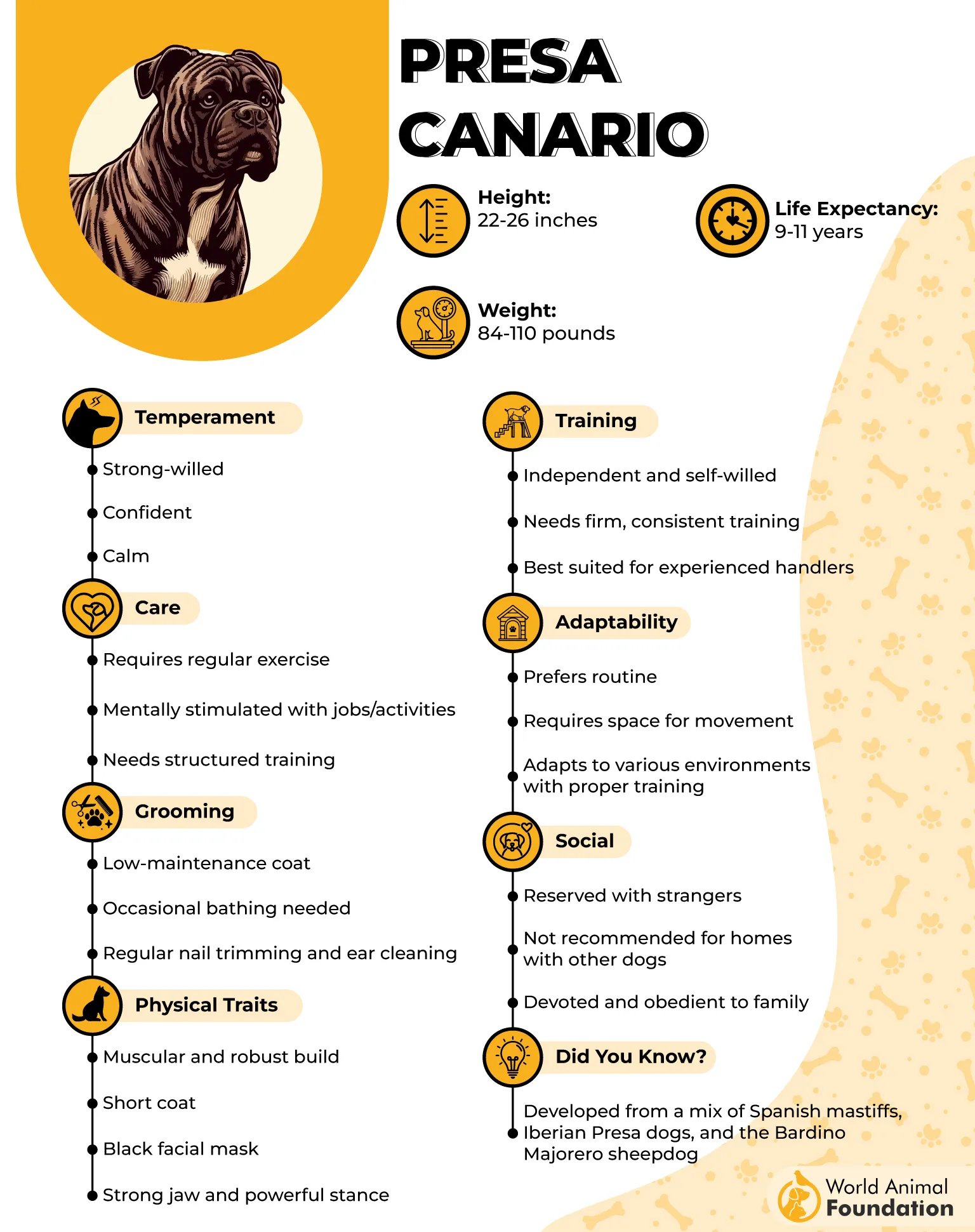
Training a Presa Canario requires an experienced handler who understands the breed’s dominant personality. Early socialization is crucial, and consistent obedience training is a must.
These dogs need firm leadership to avoid developing problematic behavior such as guarding or aggression towards strangers.
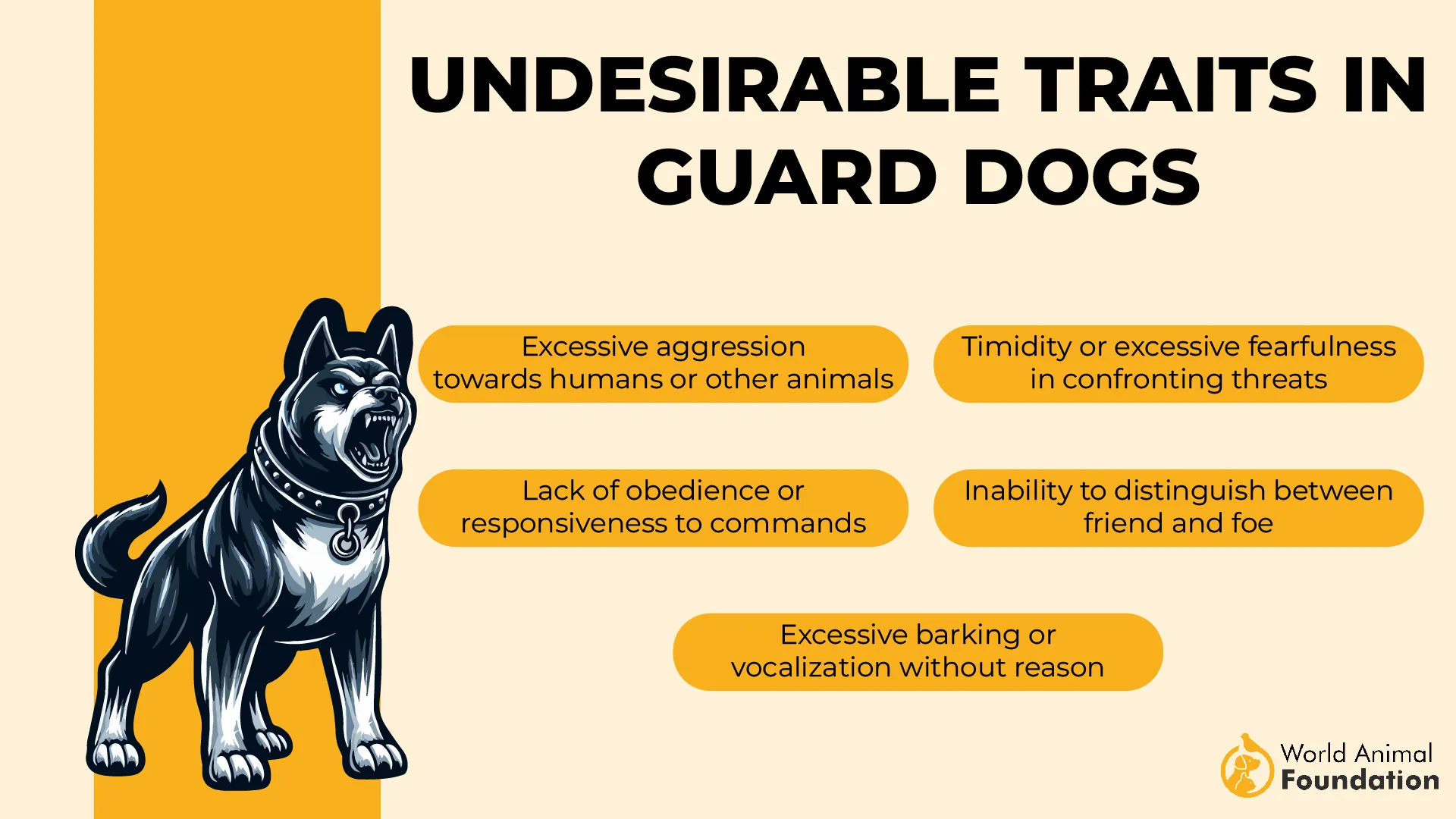
Undesirable Traits:
Territorial behavior
Strong protective instincts
Aggression towards strangers if not properly socialized
Teaching kids to respect the dog’s space and boundaries is key. The ideal owner is someone experienced in handling large, powerful breeds with a calm, assertive demeanor. A family with active outdoor lifestyles might be suitable, but only with the right supervision.
2. Akita
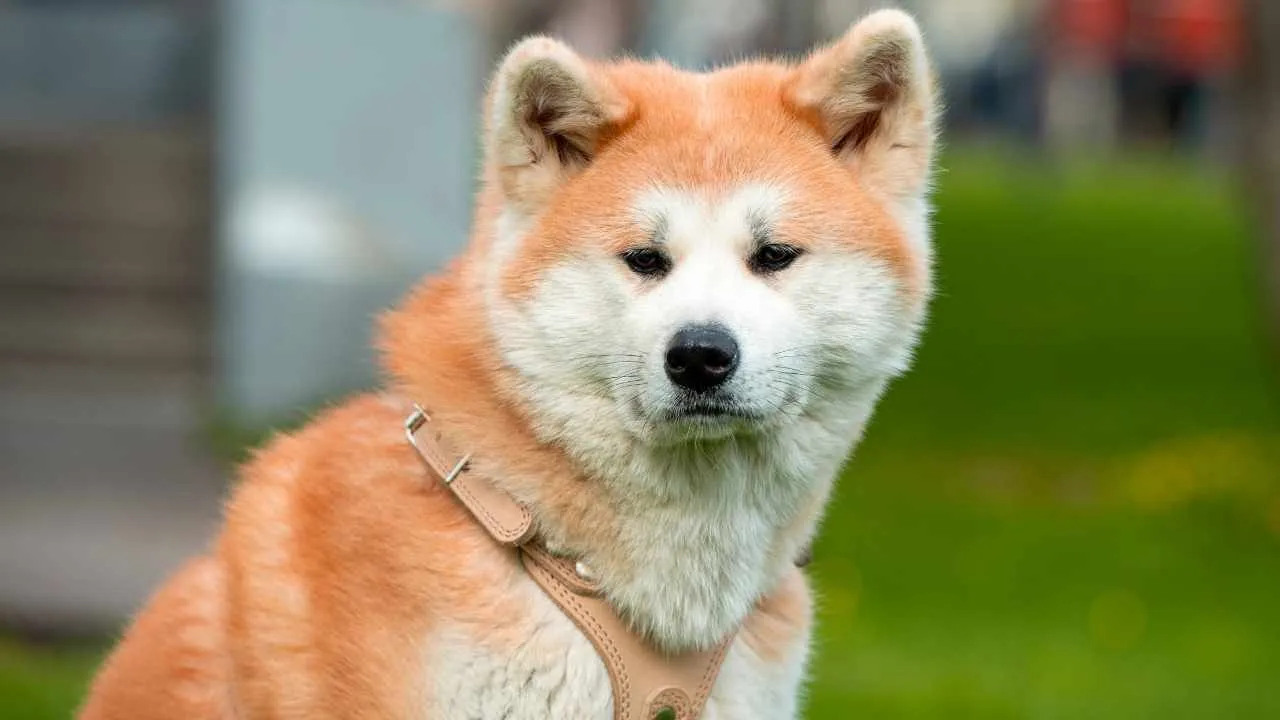
The Akita is a majestic breed known for its loyalty and strength, but it is also one of the most unpredictable when it comes to families with small children. Ranking second on our list, Akitas can be aloof and possess a high prey drive, making them unpredictable in certain situations.
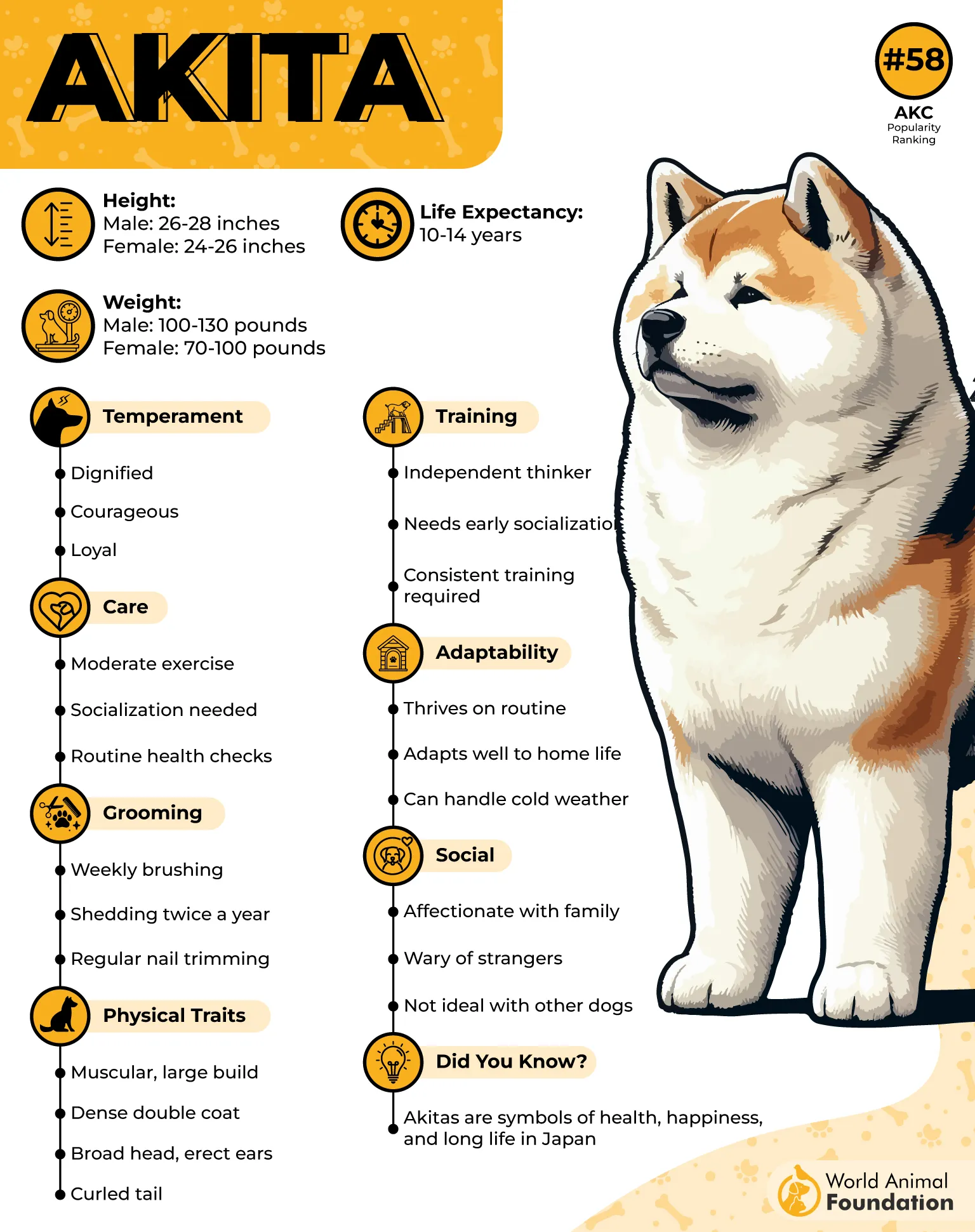
Their independent nature can lead to aggression if not handled correctly, and they are known to challenge authority.
Socializing an Akita early in life is essential to ensure it learns how to interact appropriately with family members. Positive reinforcement techniques should be used to teach boundaries and respect. However, owners must maintain firm control at all times, as Akitas tend to dominate weaker personalities.
Undesirable Traits:
Strong prey drive
Aloofness with strangers
Dominant behavior, if not managed
When raising children in a home with an Akita, teach them to approach the dog calmly and avoid startling it. Akitas thrive in experienced households with active owners who can provide structure and training, along with plenty of mental stimulation.
3. Chow Chow
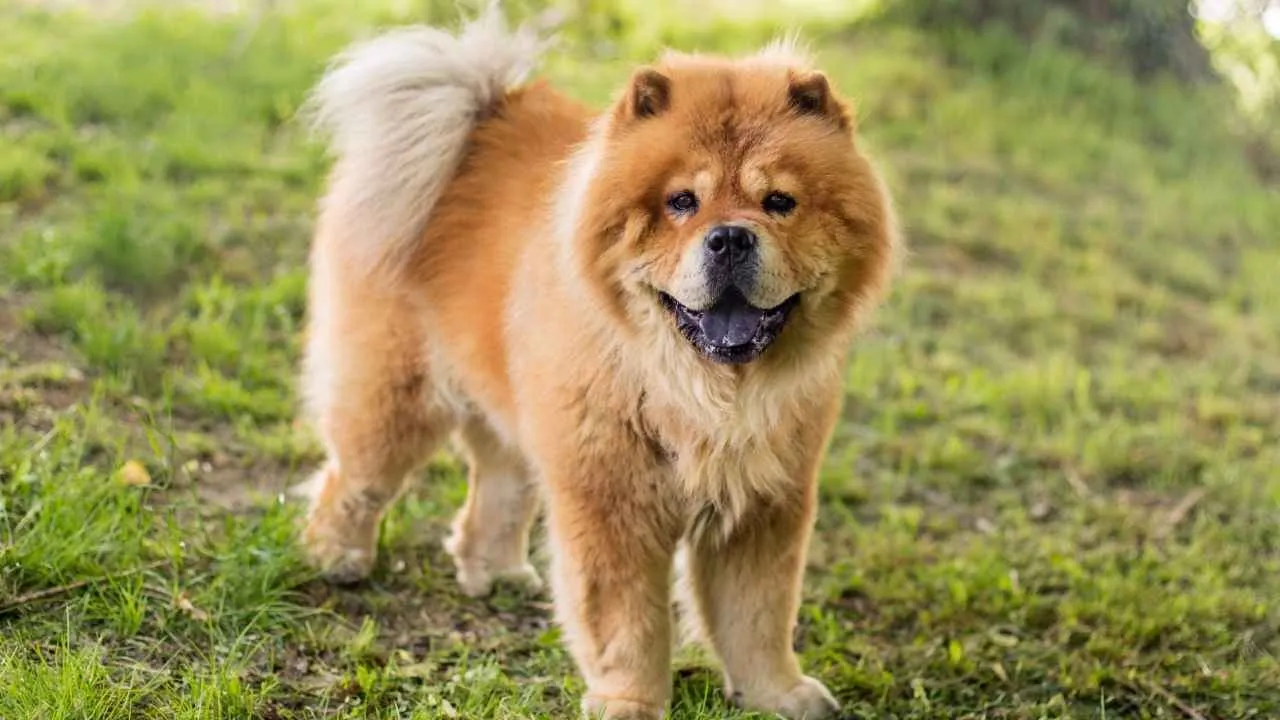
Chow Chows are often considered one of the worst dog breeds for families with small children due to their strong-willed nature and aloof temperament.
Although they can be affectionate with their families, they are notorious for being independent and sometimes aggressive, especially when it comes to strangers. This breed’s territorial instincts can make them overly protective and unpredictable around young children.
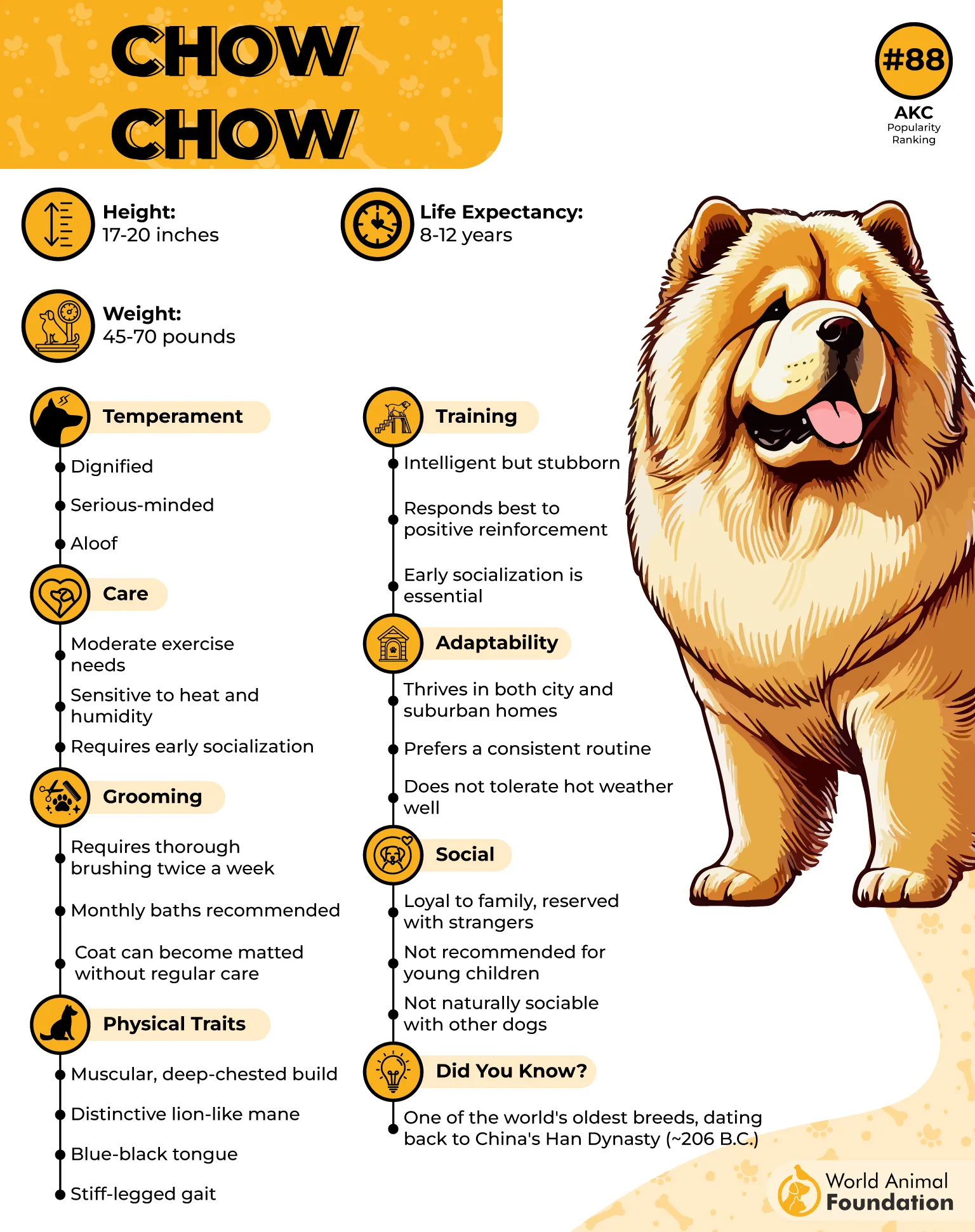
Training a Chow Chow requires patience and consistency. It’s vital to establish authority early, as they tend to be stubborn. Socializing them with various people and environments is key to preventing territorial or aggressive behavior.
Undesirable Traits:
Aloofness and territorial nature
Independent and stubborn
Aggressive tendencies, if not properly socialized
Teach kids to respect the Chow Chow’s space and avoid forcing physical contact. The ideal owner for a Chow Chow is someone who appreciates their independence and can provide firm, consistent leadership. This breed is best suited for homes with older children who understand how to respect the dog’s boundaries.
4. Anatolian Shepherd Dog
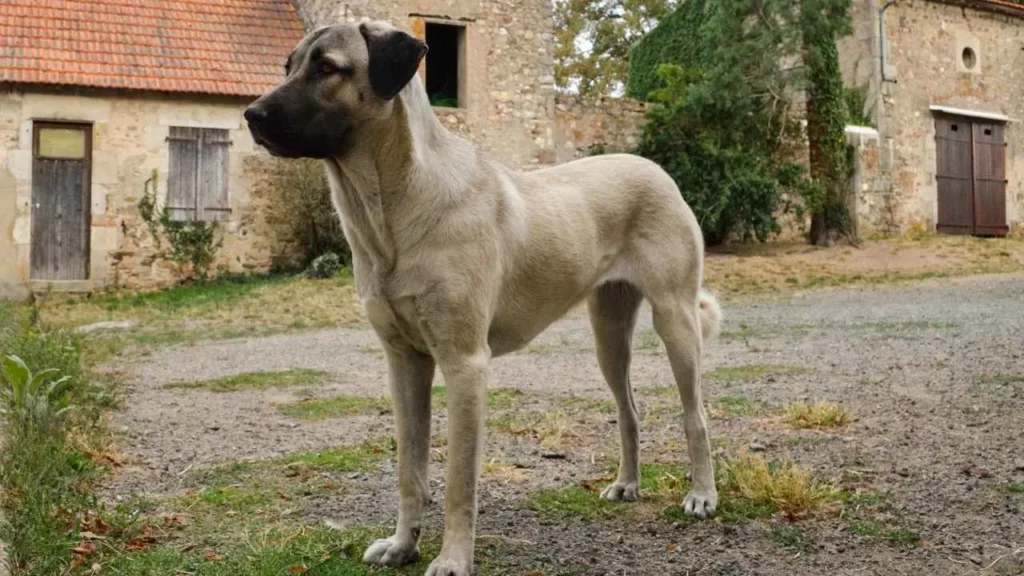
The Anatolian Shepherd Dog is an impressive breed with strong guarding instincts, making it a potentially dangerous choice for families with young children. Ranking fourth, this breed’s protective nature can be problematic if not handled properly.
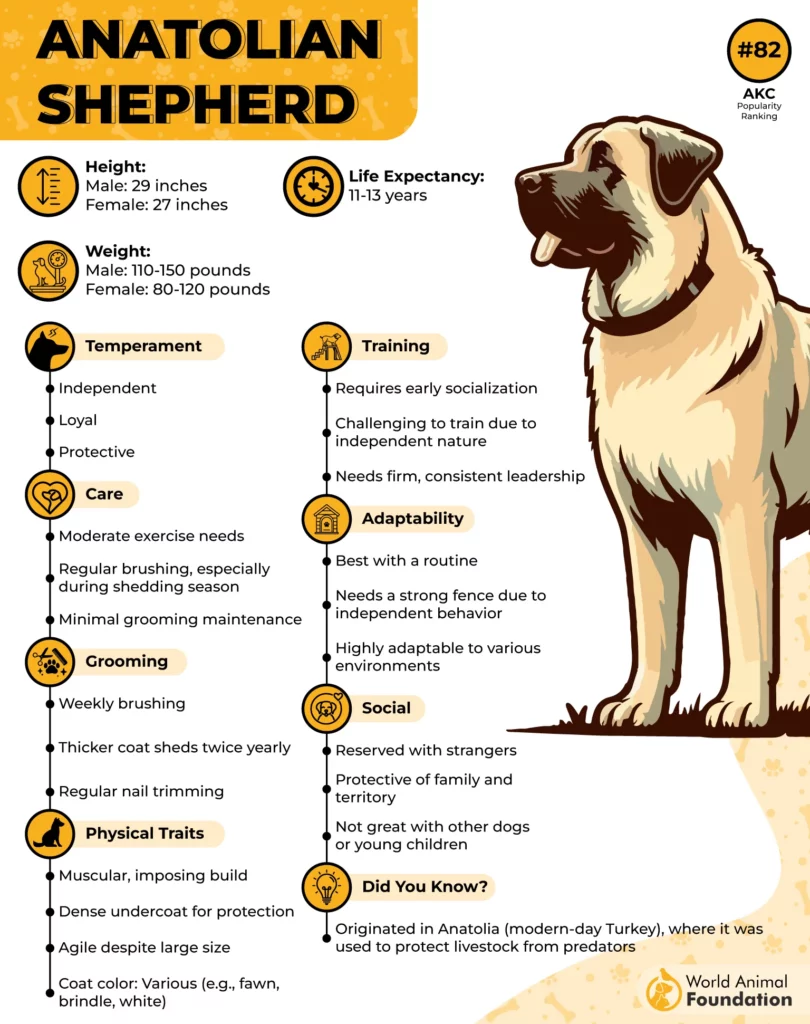
They are intelligent and independent, which, when combined with their territorial nature, can lead to aggressive behavior if they feel their family is threatened.
To manage an Anatolian Shepherd’s behavior, early training and socialization are crucial. These dogs require firm, consistent leadership and need to understand their place in the family structure. Positive reinforcement should be used to encourage good behavior, particularly around children and strangers.
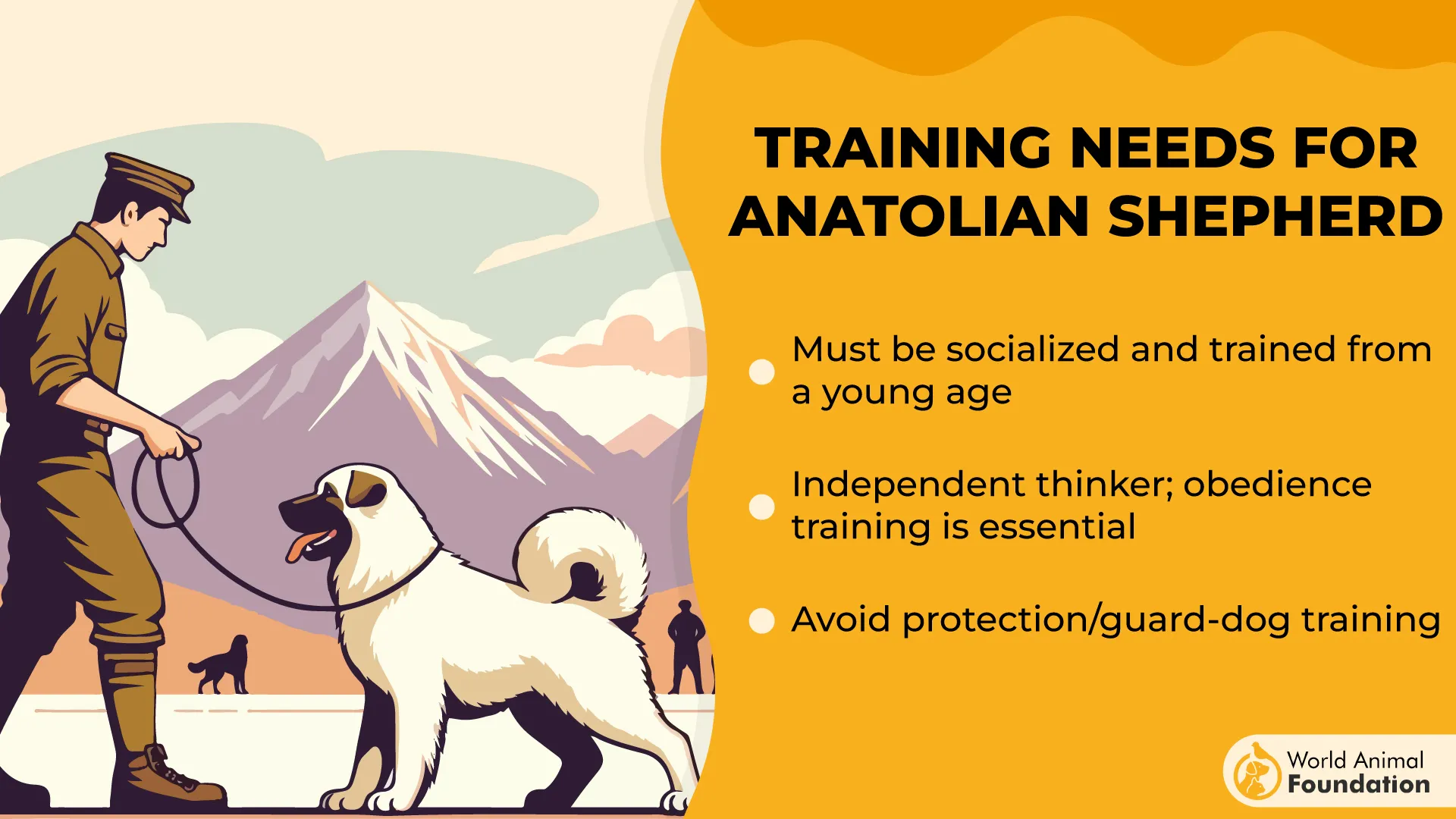
Undesirable Traits:
Strong guarding instincts
Aloofness with strangers
Territorial aggression
An Anatolian Shepherd’s ideal owner should have experience with guarding breeds and be capable of providing a structured, active environment. Children should be taught how to approach this breed respectfully, as they tend to be protective of their space.
5. Alaskan Klee Kai
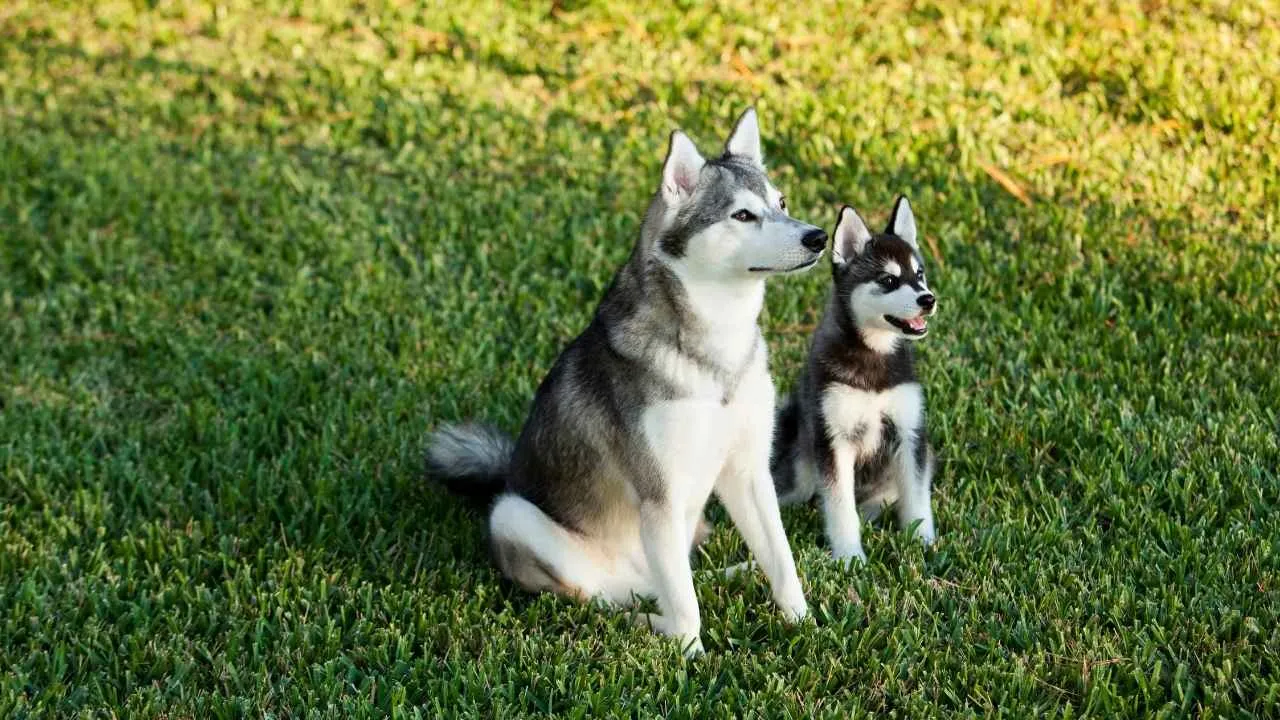
The Alaskan Klee Kai may seem like a small, cute dog, but its temperament can be a challenge for families with small children.
Though smaller than other breeds on this list, the Klee Kai has a high prey drive and is known for being a bit reserved or aloof with strangers, which can make it unpredictable around children. Its energetic personality also demands a lot of attention and exercise.
PetMD recommends that socializing an Alaskan Klee Kai early in life is important to help them learn appropriate interactions with people.
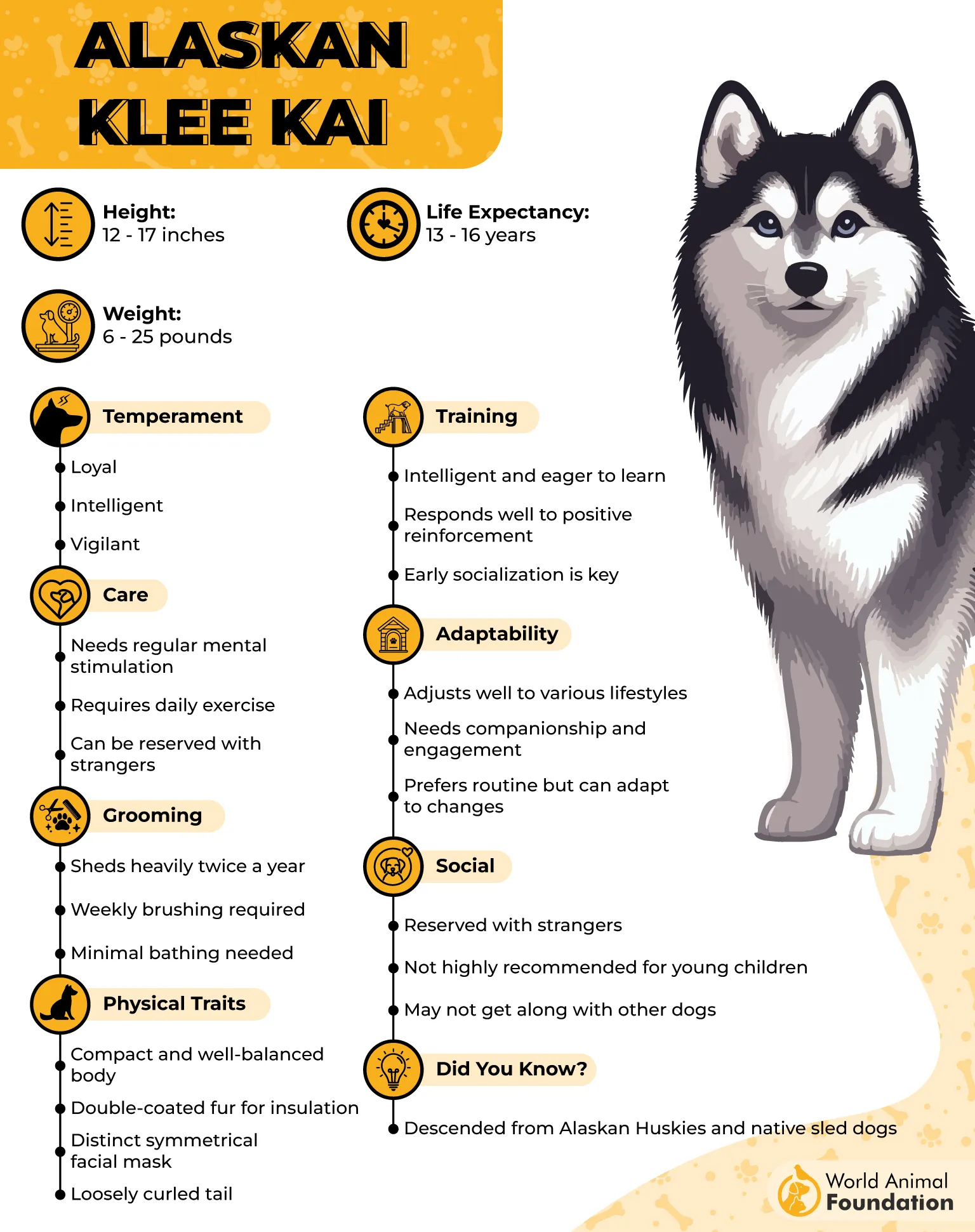
They are intelligent but tend to be independent, requiring owners who are patient and consistent. Training should be positive and reward-based to ensure the dog remains well-behaved.
Undesirable Traits:
High prey drive
Aloofness with strangers
High energy and need for stimulation
While the Alaskan Klee Kai can be a great companion for older children who can respect its space, younger kids might find it harder to interact with this breed. The ideal owner is someone experienced with active, independent breeds and prepared for the challenges of training.
6. Korean Jindo Dog
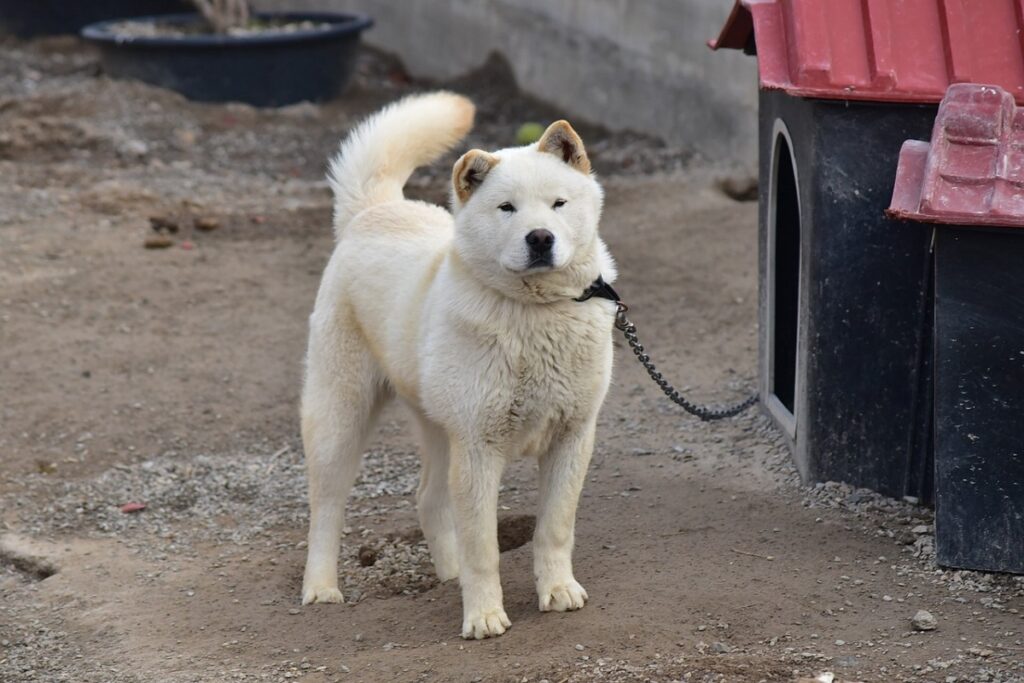
The Korean Jindo Dog is a breed known for its loyalty and intelligence, but it also ranks among the worst for families with young children due to its independent nature and tendency towards aggression when threatened.
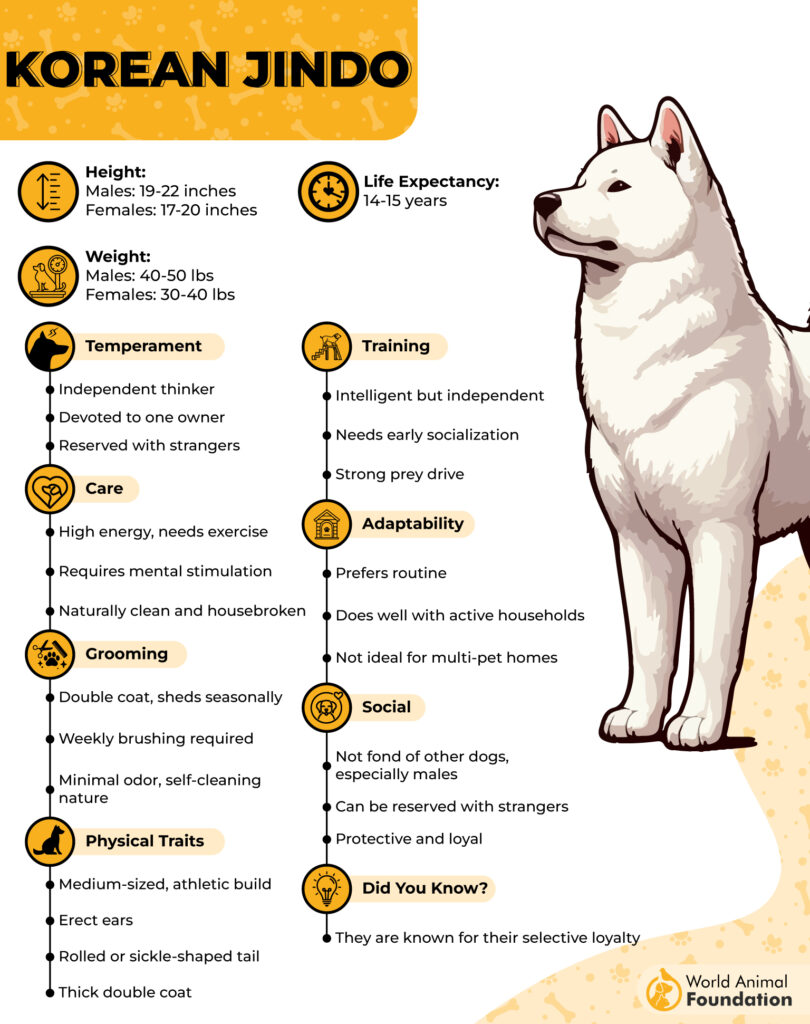
This breed’s strong prey drive and territorial instincts make it difficult to manage, especially when it feels its family is in danger.
AKC suggests that training a Jindo requires patience and early socialization to ensure it is comfortable around children and unfamiliar people.
Positive reinforcement is key, but the breed’s independent streak means it may not always respond to traditional methods of training. Firm leadership is necessary to prevent undesirable behavior.
Undesirable Traits:
Strong prey drive
Territorial aggression
Aloofness with strangers
The Jindo is best suited for families with older children who can understand how to interact with the breed respectfully. The ideal owner should be experienced with independent, high-energy breeds and prepared to commit to consistent training and socialization.
7. Azawakh

The Azawakh is a sleek and fast breed, known for its independence and wariness of strangers. Although not typically aggressive, its strong hunting instincts and aloof nature make it unsuitable for families with young children.
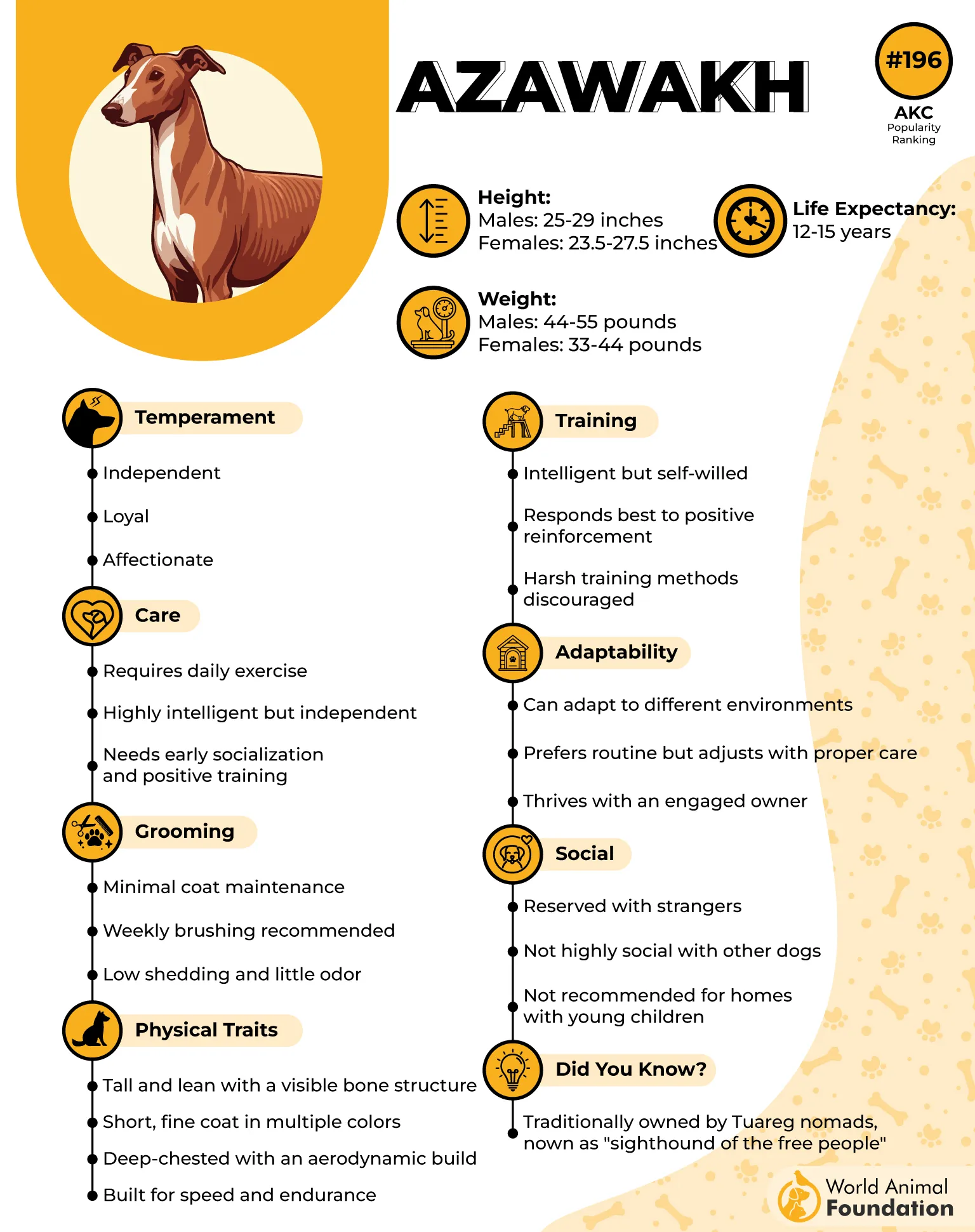
Azawakhs can be reserved, and if not properly socialized, they may react defensively to new situations or unfamiliar people.
Training an Azawakh requires early exposure to various people, pets, and environments. Consistent and patient training methods should be used to help the Azawakh become comfortable in diverse situations. Like many sighthounds, they can be independent, making firm yet gentle training methods essential.
Undesirable Traits:
Strong hunting instincts
Aloofness with strangers
Independence and sensitivity to harsh training
The Azawakh is best suited for experienced dog owners who are prepared to meet its exercise and socialization needs. Families with young children may find this breed challenging, and it’s crucial to teach children how to approach the dog calmly and respectfully.
FAQs
Are any of these breeds safe if supervised constantly?
Yes, with constant supervision and proper training, some of these breeds can be manageable in a household with small children. However, breeds like the Presa Canario or Akita still pose risks due to their unpredictable behavior, even with supervision. It’s important to ensure that both the dog and the children are trained to interact respectfully and safely.
Are high-energy working breeds challenging for families with toddlers?
Yes, high-energy working breeds like the Alaskan Malamute or Australian Shepherd can be challenging for families with toddlers. These dogs require a lot of exercise, and without proper stimulation, they may become overly excited or even destructive, making them less suitable for young children who might not handle their energy well.
Can overly anxious breeds be a problem in a busy home with kids?
Absolutely. Overly anxious breeds, such as the Chihuahua or Weimaraner, can become stressed in a busy environment, which could lead to aggression or fearful behavior. In a home with kids, an anxious dog may feel overwhelmed or threatened by the noise and movement, making it difficult to manage interactions safely.
Conclusion
When choosing a dog for families with small kids, it’s essential to consider temperament and behavior. While breeds like the Presa Canario, Akita, and Chow Chow are often not ideal for homes with young children, other breeds, such as Siberian Huskies, Alaskan Malamutes, and Pit Bulls, can also be challenging depending on their individual nature.
Breeds like the Australian Shepherds, Cane Corso, or even small breeds like Chihuahuas may require extra attention to prevent rough play or aggression, especially if they feel threatened or uncomfortable.
If you want a safe, loving companion, it’s important to get a breed that can interact well around kids and provide the right balance of protection and affection. Explore the right fit for your family, and always remember to socialize your dog early!


